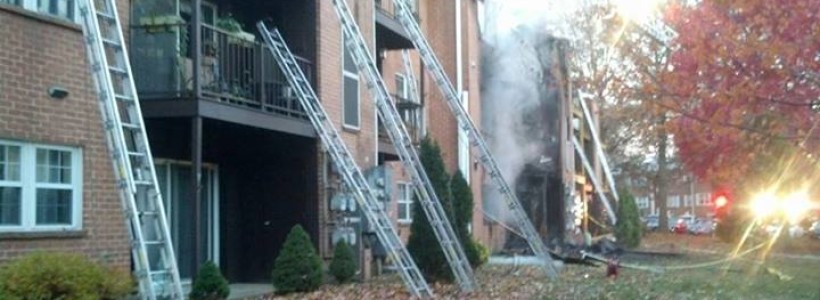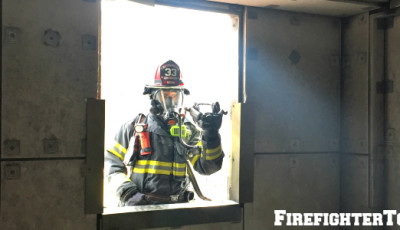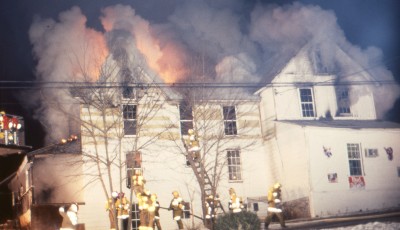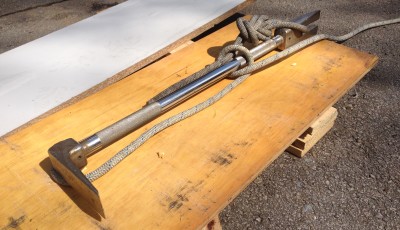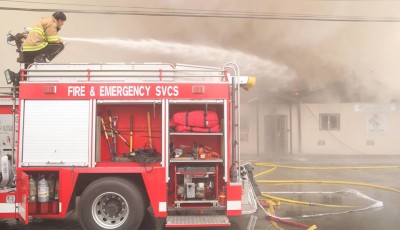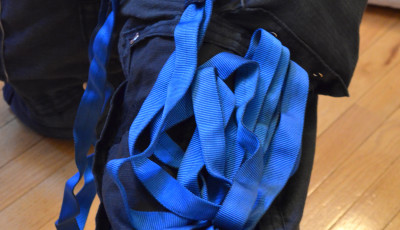Don’t Leave Our Ground Ladders Behind
We often hear about the use of ladders on the fire ground. With all the truck company is responsible for, with limited personnel, how do we have time to ladder a structure while at the same time carrying out our other really important tasks?
We get proficient at carrying them and throwing them.
That is easier said than done I know! But the ground ladders do us no good sitting on the truck.
The importance of laddering a structure that is burning and we are operating inside cannot be over stated. As we should remember we ladder every window in position for rescue. That is the top of the ladder is level with the bottom of the window.
In the initial stages of the fire fight, there should be 2 ladders placed. One to the front or A side and one to the rear or C side.
This task is accomplished by the 2 outside vent positions in the team. If your team is short, 3 or less, make adjustments to at least get one ladder placed quickly. In the truck crew I worked on, we operated in the following fashion;
- The interior search position grabbed a 24 foot and threw it to the front on their way in
- The tillerman or outside vent rear position took a 16ft. or 20ft straight ladder to the rear on his way around back.
- The driver, either placed the aerial to the roof or 3rd floor, or placed a 24ft. ladder to the front on the way to venting.
Getting It Done
One of the keys to accomplishing this task is being proficient with getting the ladder off the rig and carrying it in a one man carry, balanced. We marked the balance point on our ladders with electric tape or paint. This made it quick to grab the correct spot in the ladder to carry.
Another trick you learn from experience is estimating the height to throw the ladder. You only get this memory from throwing these ladders on structures in your district.
The quickest and most effective way to throw these ladders into position is to carry the ladder heal first. As you spot for your throw (wires, always look for wires!!) place the heal against the ground and structure interface. Walk the ladder up by the beam or by the beams (flat or beam raise, whatever works for you).
If you must extend the ladder, lean into the ladder with your hip and shoulder and extend based on your need. After extending or if a straight ladder placing it against the structure, grab the bottom or next to the bottom rung, lift slightly and walk it out keeping pressure above your grab point with your shoulder. Set the ladder for rescue and move to the next task.
The placing of these initial ladders is a critical function for the survival of firefighters operating on the upper floors. One of the benefits of the search position placing his ladder is that they know what window they laddered if things go bad.
The importance of having a ladder placed on the front and rear is if one or more firefighters get caught up inside, if they get to a window we can quickly give them a way out. If we leave the ladder on the rig, and then need it, that time may be the difference between surviving and not.
How do you get your ground ladders thrown?
See you in the comments below.
Photo Courtesy: Rich Gardiner, Firefightertoolbox.com

